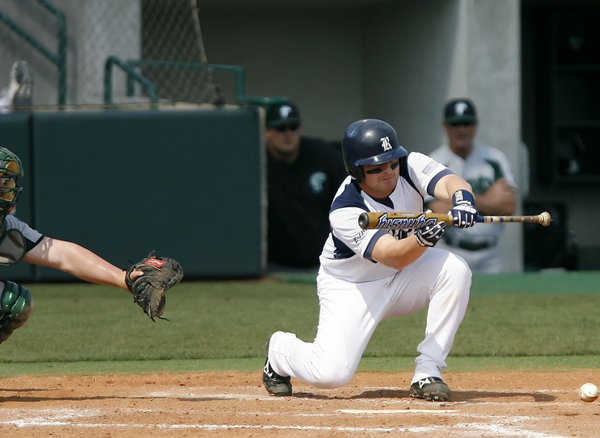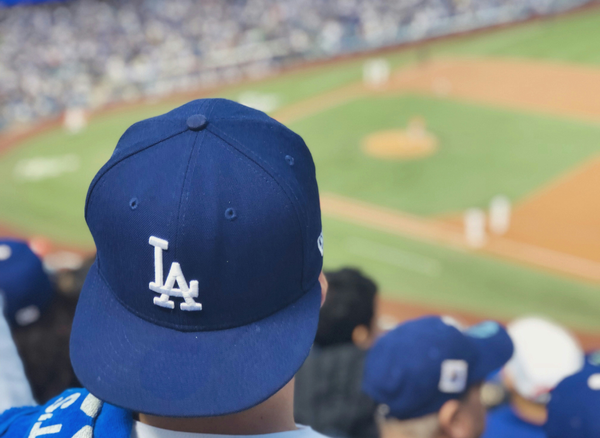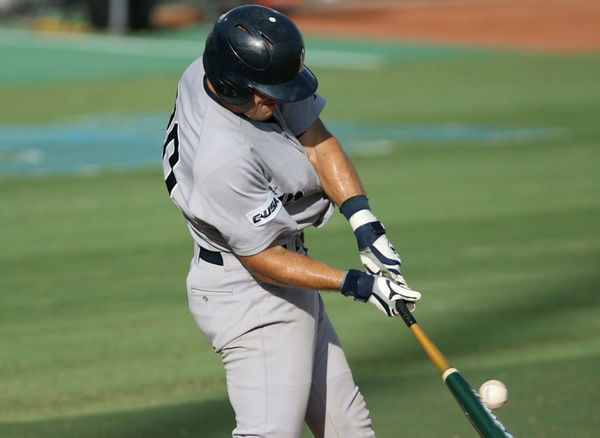In the world of sports medicine, Tommy John Surgery is as legendary as Babe Ruth calling his shot. Named after Major League Baseball pitcher Tommy John, who first underwent the procedure in 1974, this surgery has become a rite of passage for many pitchers. The procedure was pioneered by Dr. Frank Jobe, who decided to play the role of a medical MacGyver, using a tendon from John's wrist to replace his torn ulnar collateral ligament (UCL).
The surgery was a gamble, akin to betting on a three-legged horse in the Kentucky Derby. But lo and behold, Tommy John returned to the mound, pitching for another 14 seasons. This miraculous comeback turned the surgery into a household name, especially in the baseball community.
Why is it Common Among Baseball Players?
- High Stress on Elbows: The repetitive throwing motion in baseball puts a lot of stress on the UCL.
- Increased Velocity: Modern baseball emphasizes speed, leading to more UCL injuries.
- Long Seasons: More play means more wear and tear on a player's arm.
Players Who've Had the Surgery
- Tommy John: The namesake and first MLB player to undergo the surgery.
- Stephen Strasburg: The Washington Nationals pitcher made a successful comeback post-surgery.
- Jacob deGrom: Another notable player who returned to dominance after the procedure.
What is Tommy John Surgery?
Named after the first player to undergo the operation, Tommy John surgery is a procedure to repair a torn ulnar collateral ligament (UCL) in the elbow. This ligament is crucial for baseball players, especially pitchers, as it stabilizes the elbow during a throw.
Understanding the Ulnar Collateral Ligament
The ulnar collateral ligament, or UCL, is the parts of the elbow joint, quietly doing its job until it decides to throw a tantrum. Located on the medial side of the elbow, this ligament is crucial for stabilizing the joint during the high-stress action of throwing a baseball. When it tears, it’s like a guitar string snapping mid-solo—painful and disruptive.

UCL injuries are common among overhead athletes, particularly baseball pitchers who throw harder and faster than a speeding bullet. The repetitive stress of pitching can lead to a torn UCL, leaving athletes in a pickle, unable to perform at the same level.
UCL Reconstruction
Tommy John Surgery, or UCL reconstruction, is a bit like elbow origami. The surgeon takes a tendon, often the palmaris longus tendon from the patient’s own body, and weaves it into the elbow to create a new UCL.
The surgery involves drilling holes in the two bones of the elbow, threading the tendon through, and securing it in place. It’s a delicate dance that requires precision and skill, akin to threading a needle while riding a unicycle.
Here's a brief step-by-step:
- Harvesting a Tendon: Typically from the forearm or hamstring.
- Drilling Holes: Surgeons drill holes in the humerus and ulna bones.
- Threading the Tendon: The harvested tendon is threaded through these holes to create a new ligament.
- Securing the Ligament: The new ligament is secured in place with surgical knots.
Recovery
Recovering from Tommy John Surgery is no walk in the park. It’s more like a marathon through a desert, with a few cacti thrown in for good measure. Post-surgery, the patient’s arm is placed in a hinged brace to protect the new UCL while allowing a range of motion.
- Initial Healing: 6-8 weeks for the tendon to fuse with the bone.
- Physical Therapy: Begins shortly after surgery to restore strength and flexibility.
- Return to Play: Typically takes 12 to 18 months, depending on the player's position and progress.
The Surgeon
The surgeon is the maestro of the Tommy John Symphony, orchestrating the complex procedure with precision and skill. These medical virtuosos are highly trained in the art of UCL reconstruction, often performing hundreds of surgeries each year.
Their expertise is crucial in ensuring a successful outcome, with many surgeons developing their own techniques and protocols to improve the success rate of the surgery. It’s a constantly evolving field, with new advancements and innovations being introduced regularly.
Major League Baseball
Tommy John Surgery has had a profound impact on Major League Baseball, transforming the landscape of the sport. Once considered a career-ending injury, a torn UCL is now seen as a temporary setback, thanks to the advancements in surgical techniques and rehabilitation protocols.
Many major league pitchers have undergone Tommy John Surgery and returned to the mound, some even winning the coveted Cy Young Award post-surgery. This has led to an increased acceptance of the procedure, with more athletes opting for surgery to extend their careers.
Risks and Rewards
Like any surgery, Tommy John Surgery comes with its own set of risks. There’s the possibility of complications, such as infection or nerve damage, and the chance that the new UCL may not hold up under the stress of pitching. However, the rewards often outweigh the risks, with many athletes experiencing a successful return to their sport.
The decision to undergo Tommy John Surgery is not taken lightly. It’s a calculated risk, much like deciding to steal home plate in a tied game. But for many athletes, the chance to play at the same level again is worth the gamble.
Single Sport Specialization
The increase in Tommy John Surgeries has sparked a debate about single sport specialization among young athletes. Many experts believe that focusing on one sport year-round increases the risk of overuse injuries, such as a torn UCL. It’s like putting all your eggs in one basket and then dropping the basket.
To combat this, some coaches and sports medicine professionals advocate for a more balanced approach, encouraging young athletes to participate in multiple sports to reduce the strain on their developing bodies. This approach not only helps prevent injuries but also promotes overall athletic development.
The Psychological Aspect of Recovery
Recovering from Tommy John Surgery is not just a physical challenge; it’s a mental one as well. Athletes must grapple with the fear of reinjury and the pressure to return to their sport at the same level. It’s a mental tug-of-war, with doubt and determination pulling in opposite directions.
Sports psychologists play a vital role in helping athletes navigate this mental minefield, providing support and strategies to cope with the psychological challenges of recovery. Their guidance is invaluable, helping athletes build the mental resilience needed to overcome adversity.
Tommy Johns FAQ
What is Tommy John Surgery?
Tommy John Surgery, or UCL reconstruction, is a procedure to repair a torn ulnar collateral ligament in the elbow, commonly performed on baseball pitchers. It involves using a tendon from the patient’s body to create a new ligament.
How long does it take to recover from Tommy John Surgery?
Recovery from Tommy John Surgery typically takes 12 to 18 months. The process involves a gradual return to throwing, starting with light tossing and eventually progressing to full-speed pitching.
Can athletes return to their sport after Tommy John Surgery?
Yes, many athletes successfully return to their sport after Tommy John Surgery. With proper rehabilitation and care, athletes can often return to their previous level of performance or even improve.
Summary
Tommy John Surgery offers hope to athletes with torn UCLs. From its beginnings with Tommy John and Dr. Frank Jobe, the procedure has evolved into a highly successful surgery, allowing athletes to return to their sport stronger than ever. While the road to recovery is long and challenging, the rewards are often worth the effort, with many athletes achieving great success post-surgery.









